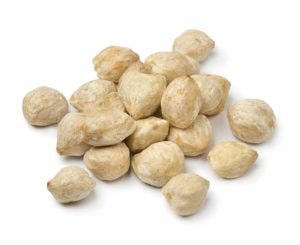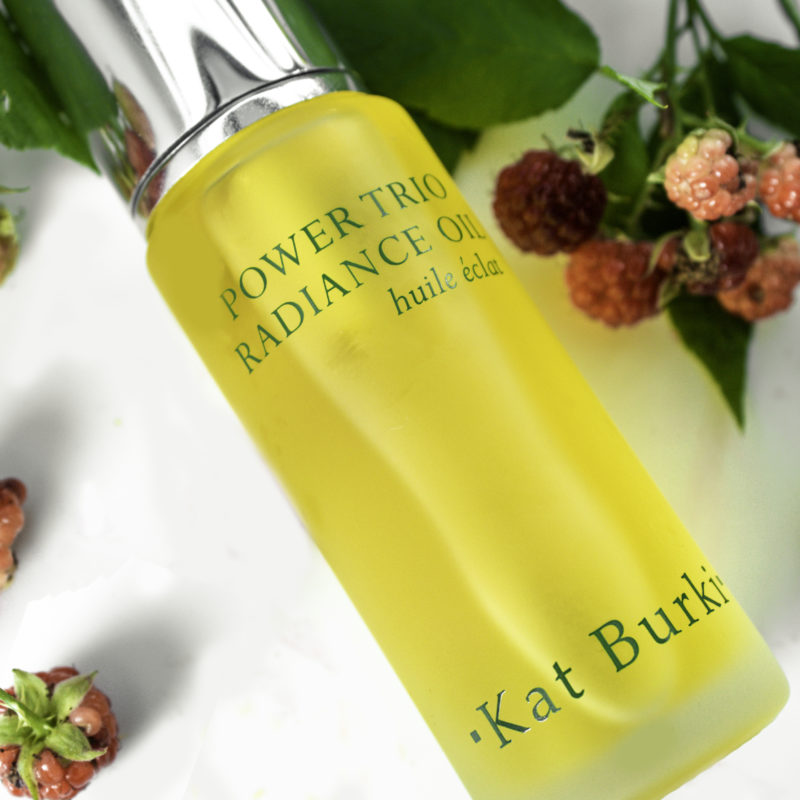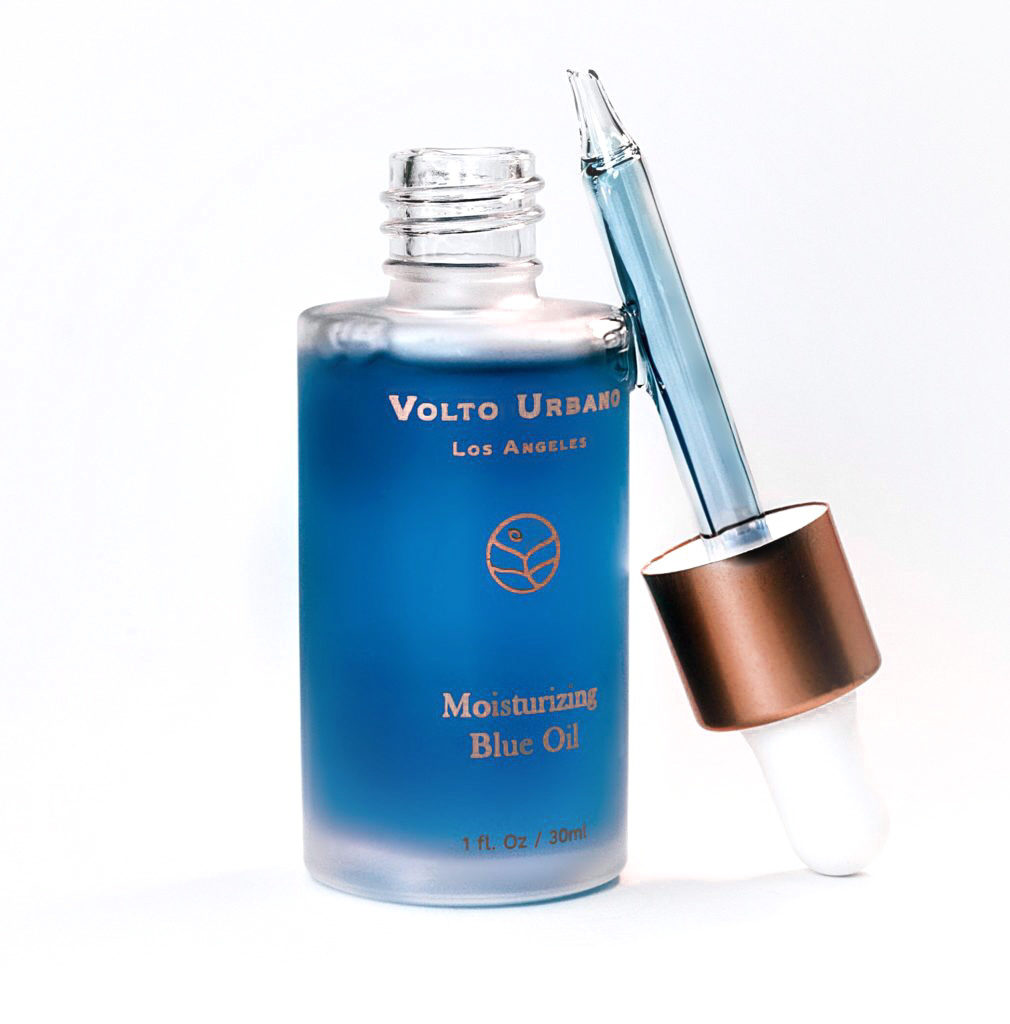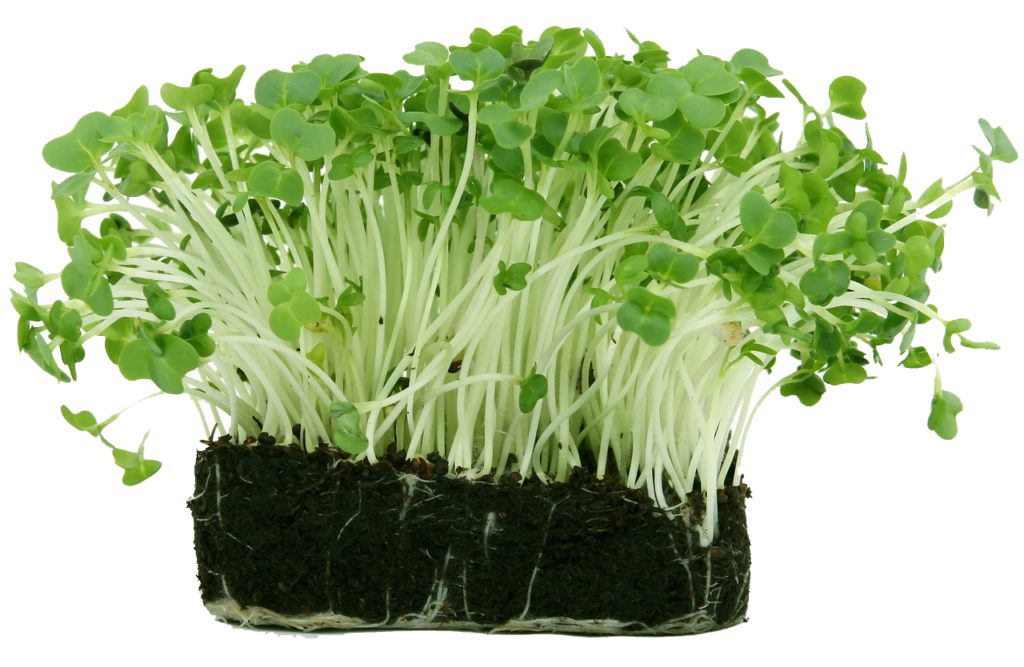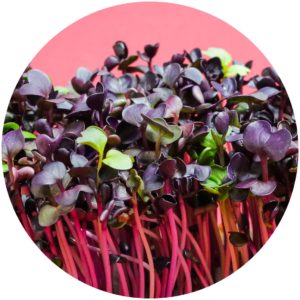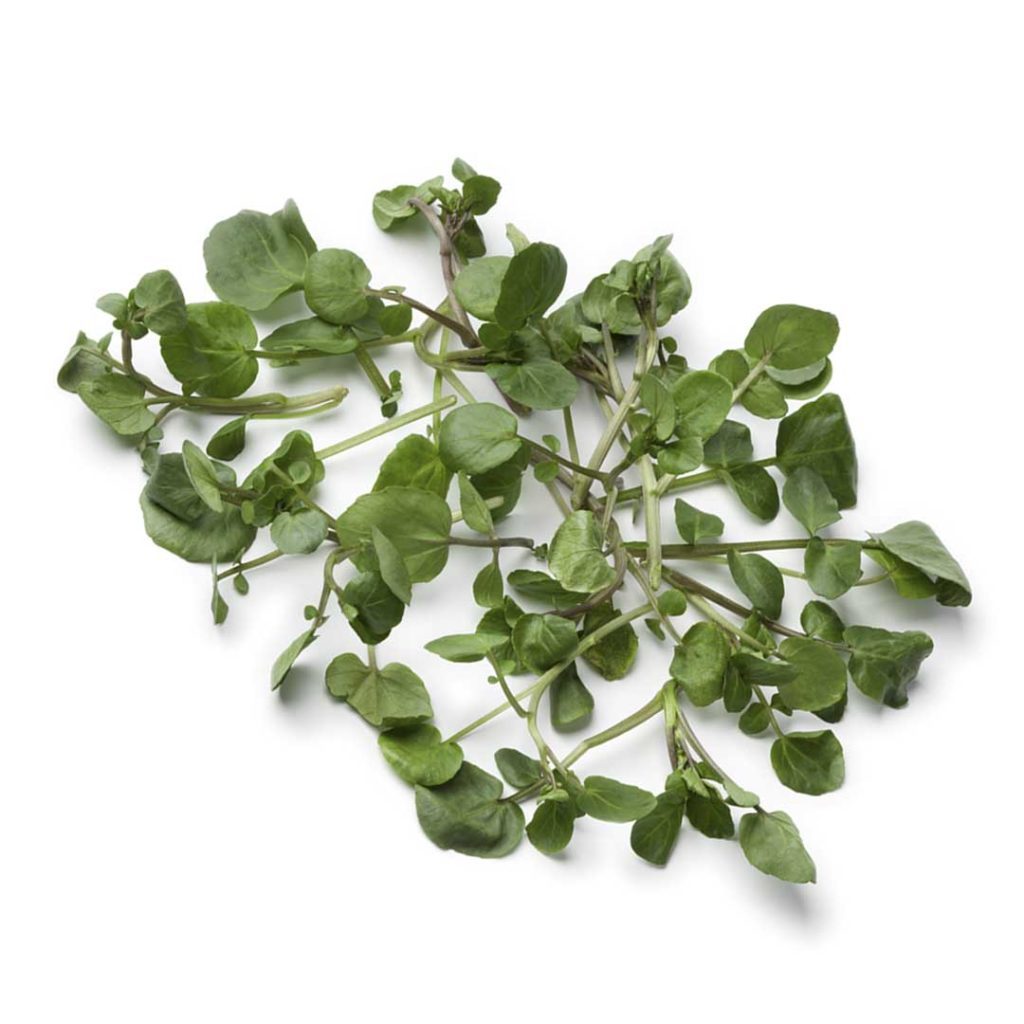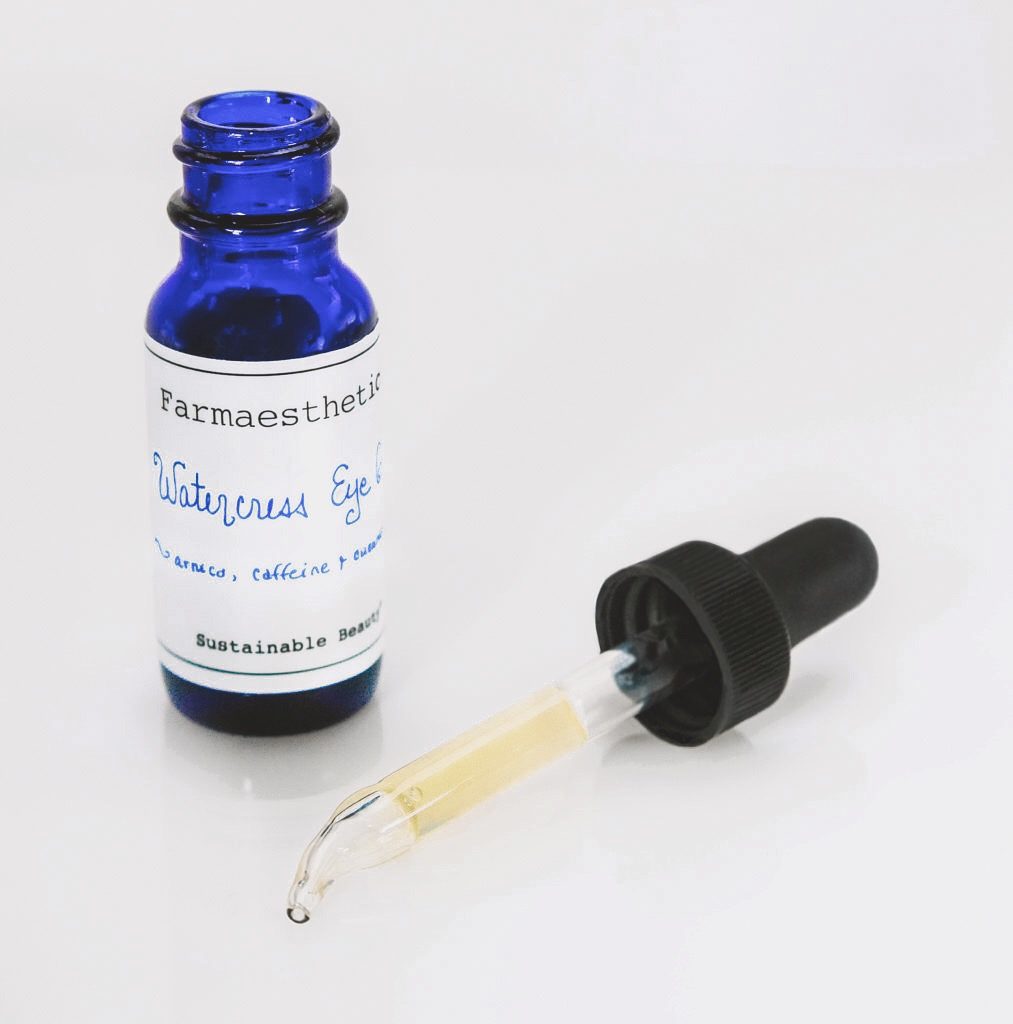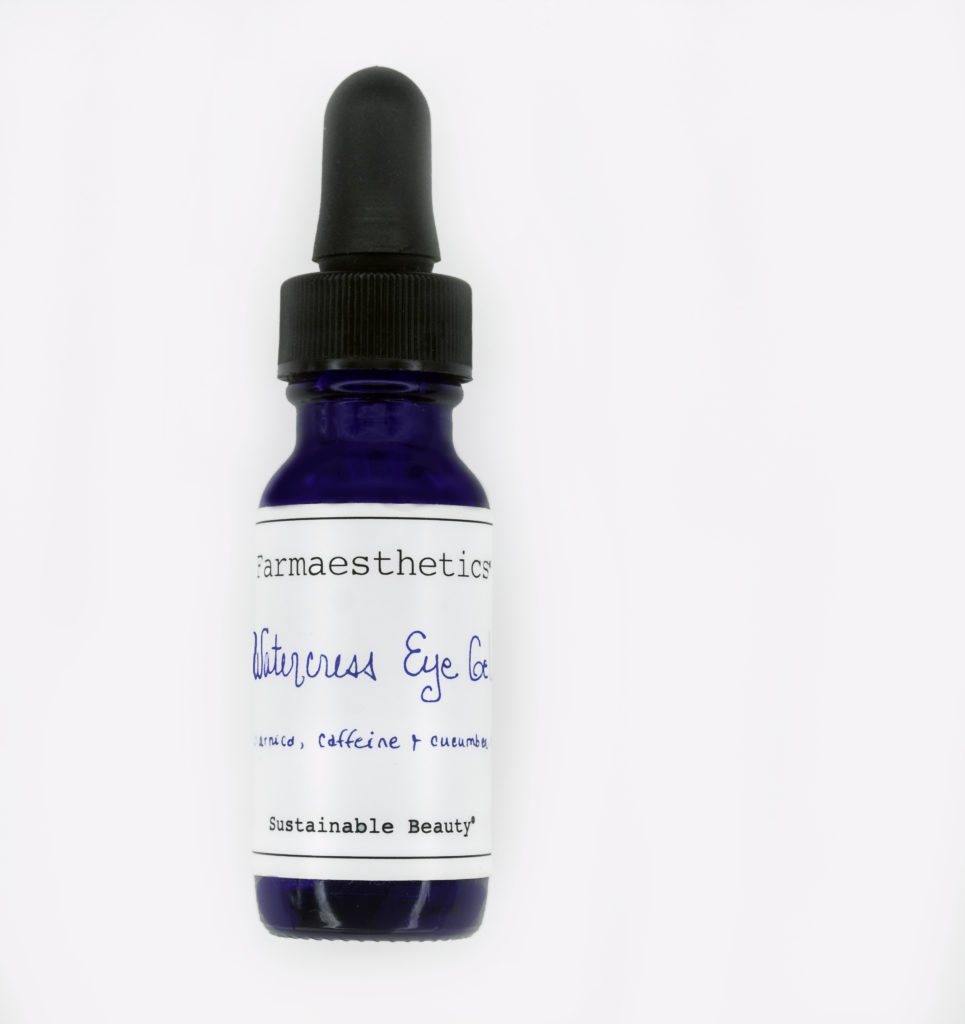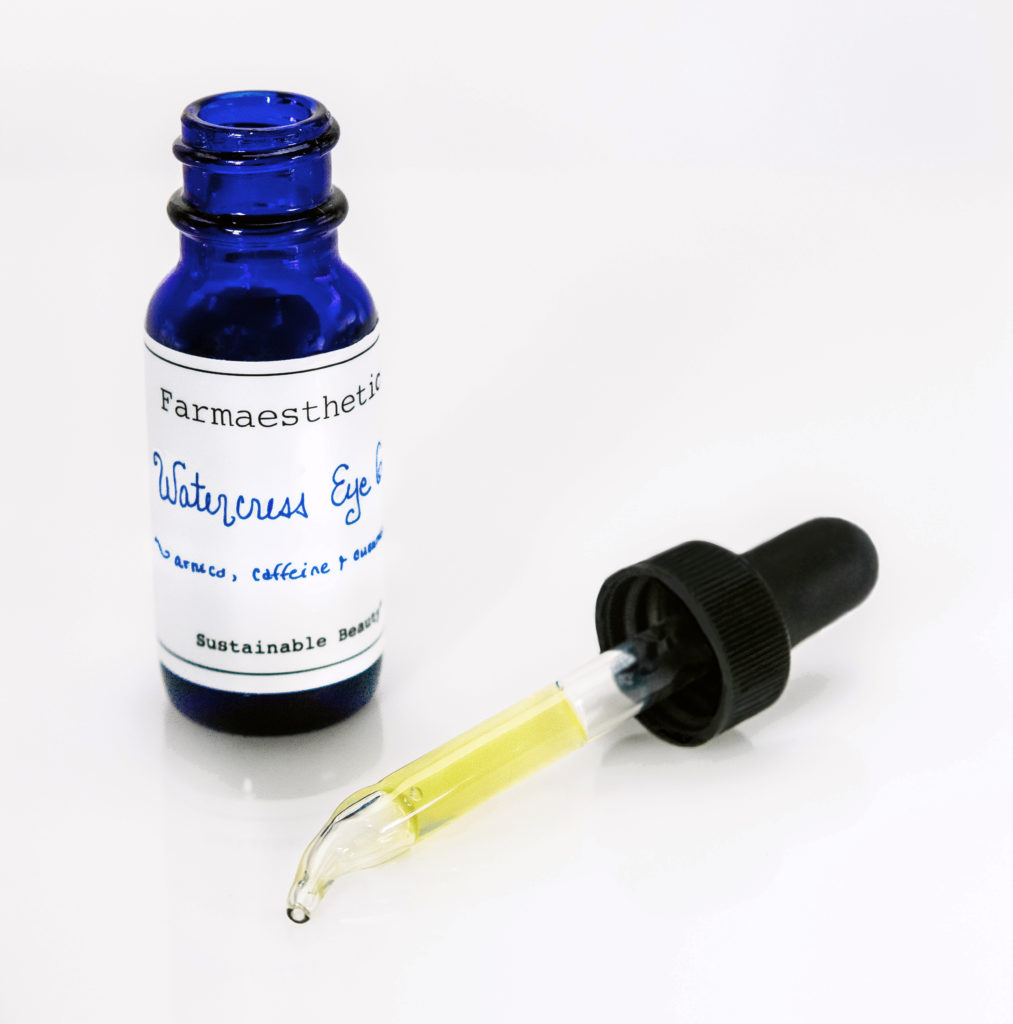We previously featured NIRA. NIRA is an FDA-approved, at-home use non-fractional at-home laser device tightens skin in 2 minutes a day. This handheld dermatological device stimulates natural collagen production for younger looking skin and works in the small tricky crevice areas like around the browbone, crow’s feet, mouth, and eleven lines. In this article we tell our experience with the Nira Skincare Laser and how to use NIRA.
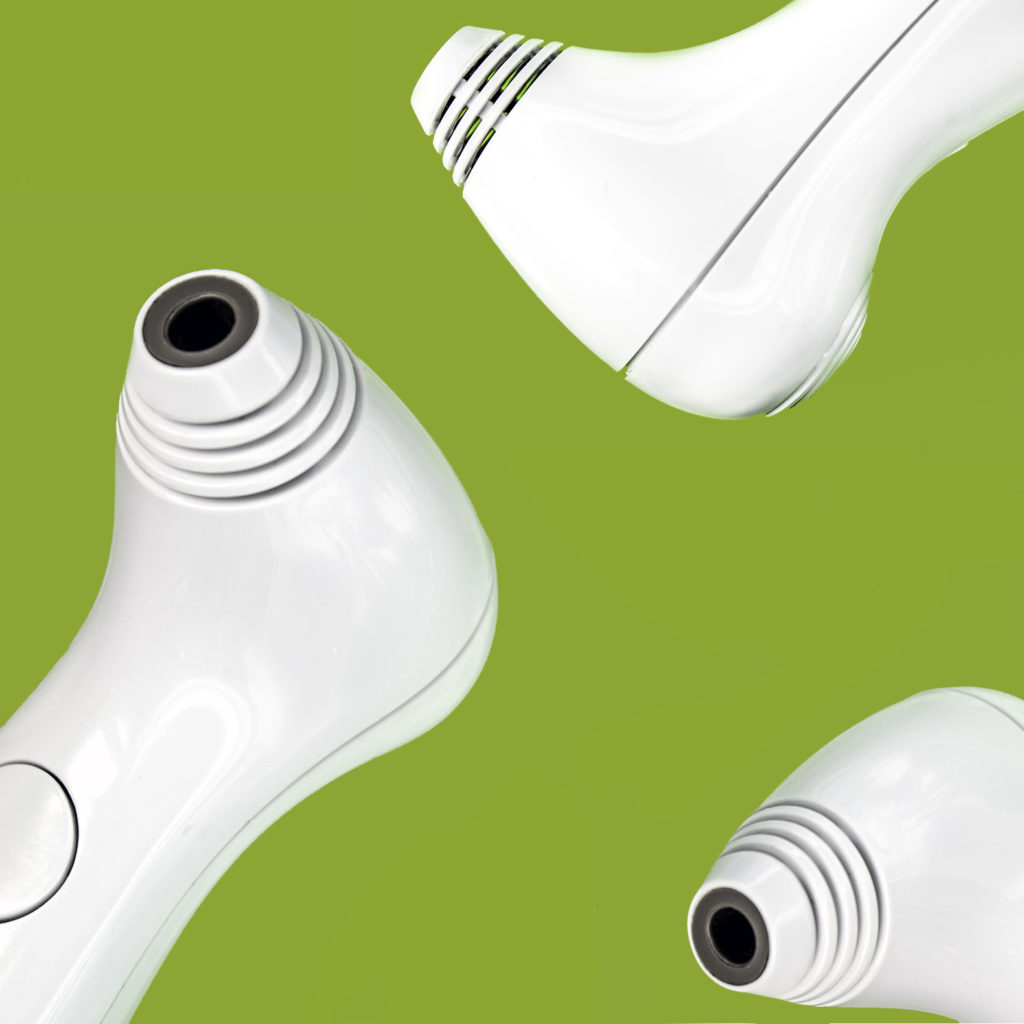
Meet NIRA: an FDA approved skin care device for at-home use
See Part One of this two part series: How Does the NIRA Skincare Laser work?
What Is NIRA?
The NIRA Skincare Laser offers a method of collagen building without the risks associated with in-office fractional laser skin resurfacing.
And it is far less painful. No risks or downtime. The change is slow and subtle but certainly notable.
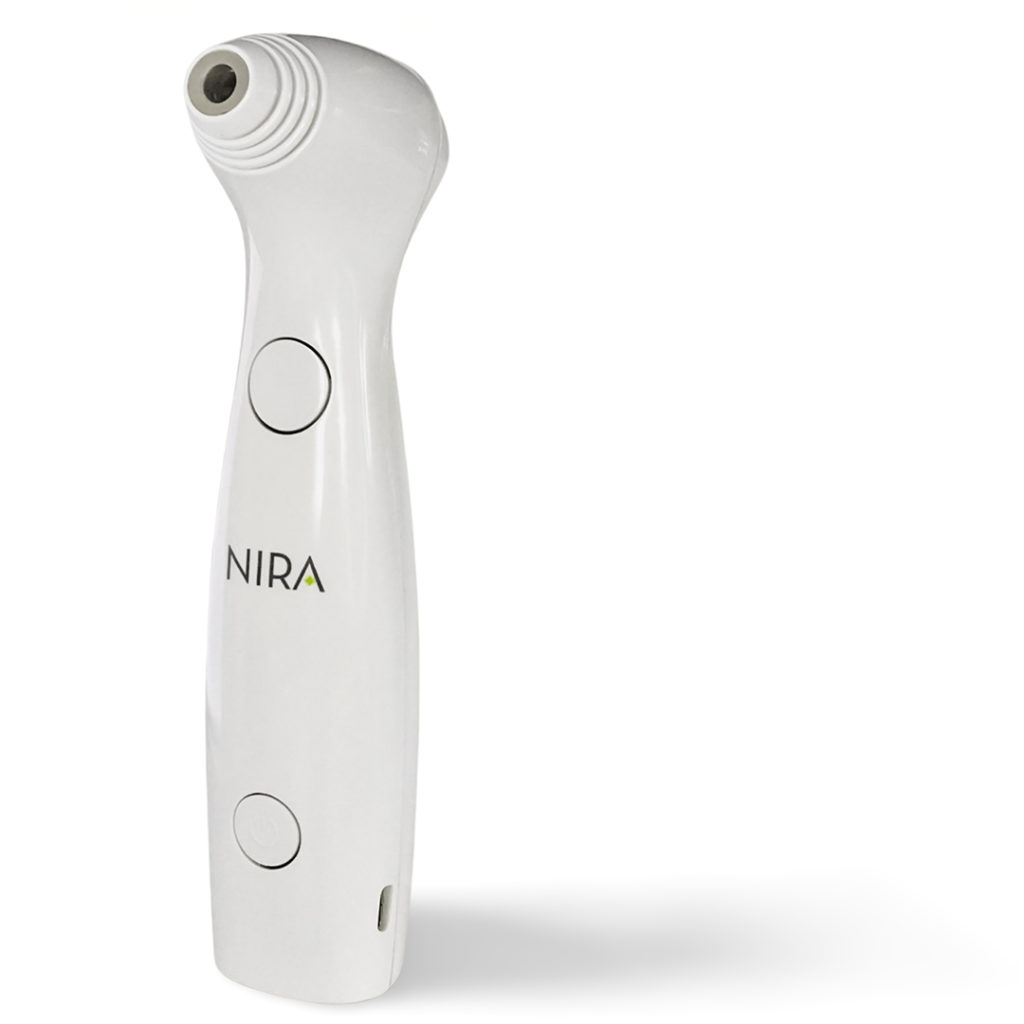
The NIRA device is an ergonomically shaped tool that is lightweight and fits in your hand
The NIRA Device
Here is what came in my NIRA bundle:
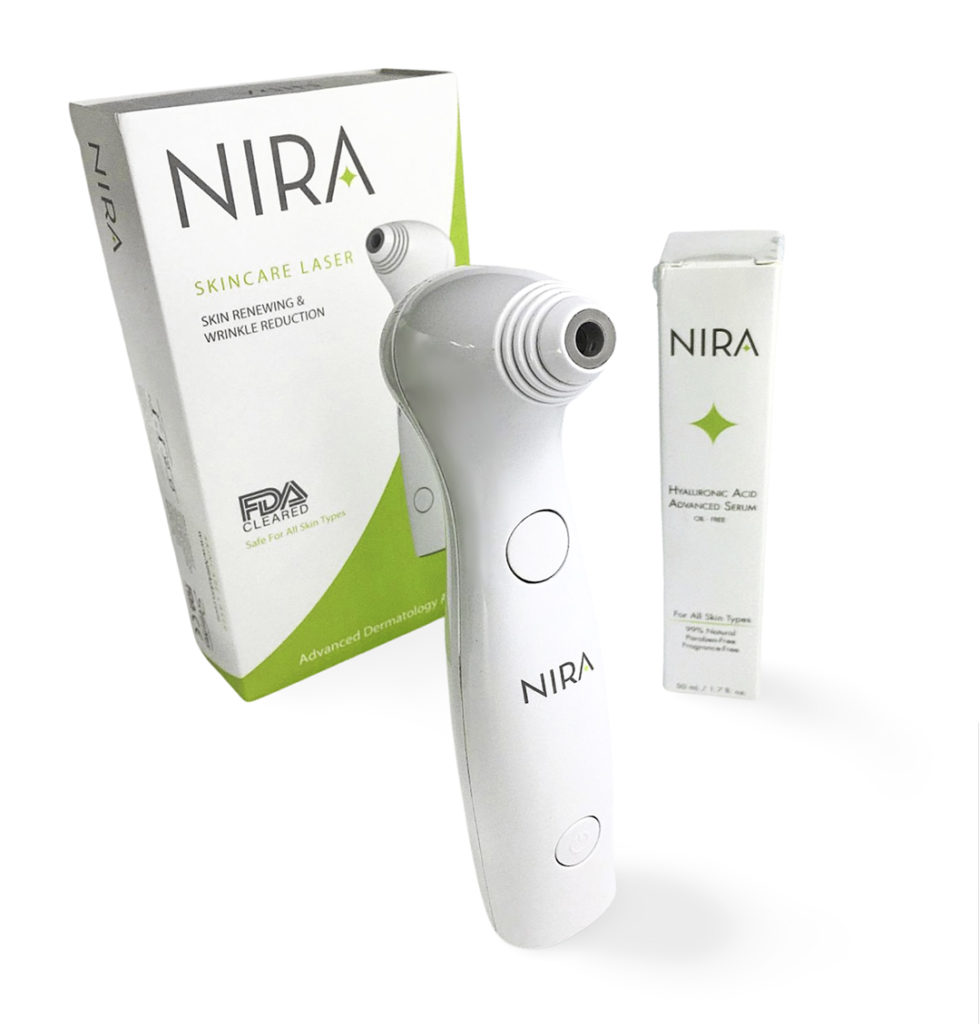
NIRA comes with the device and a Hyaluronic Acid serum
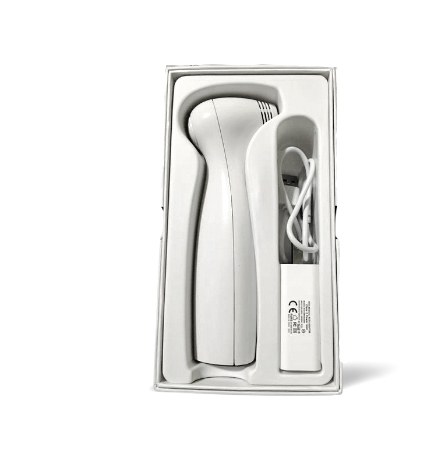
The NIRA comes with a charger
The Treatment Head
The treatment head makes direct contact with the skin to be treated.
Because the head is small (about the size of a pencil head eraser) the treatment can be very targeted to thin skin areas you otherwise would not aim a fractional (damaging) laser – notably around the mouth and eye area.
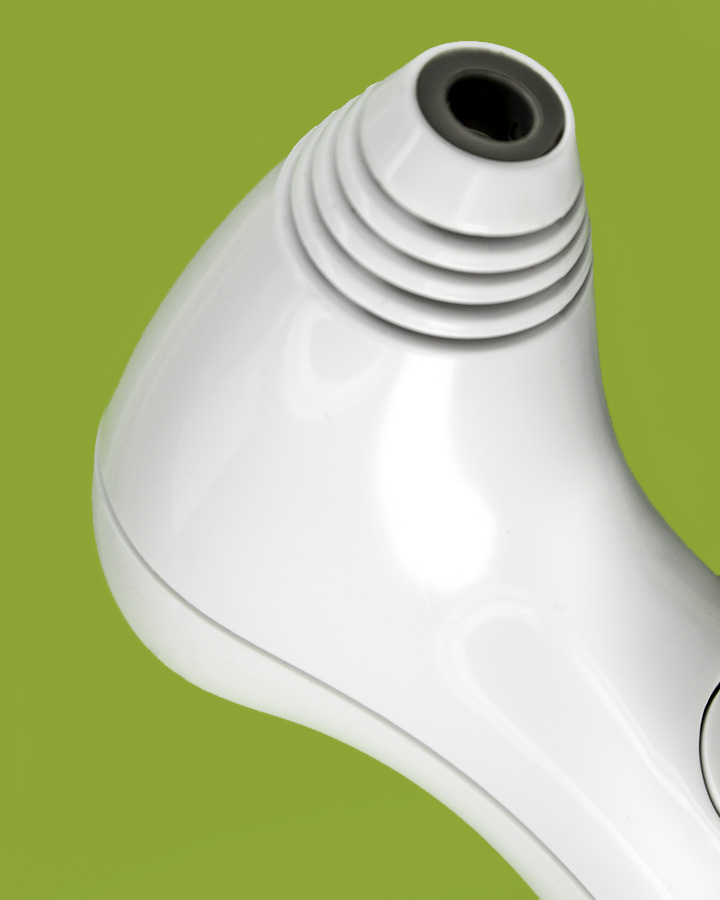
The NIRA Skincare Laser treatment head is small enough to fit into crevices and target fine lines
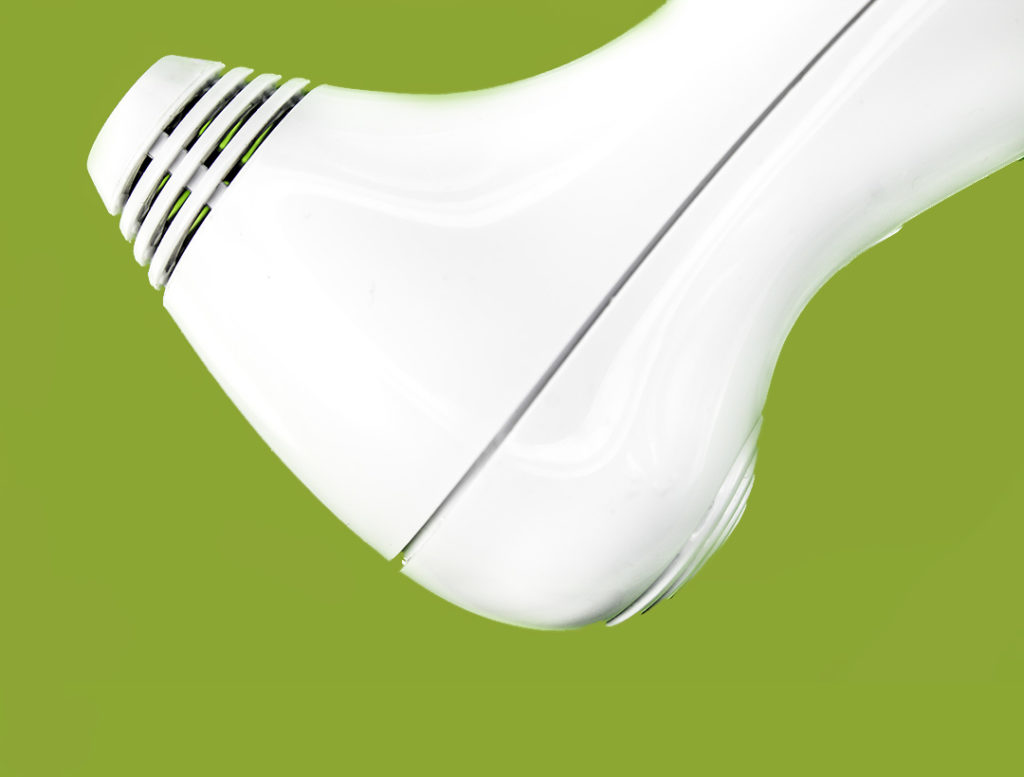
Side view of the NIRA
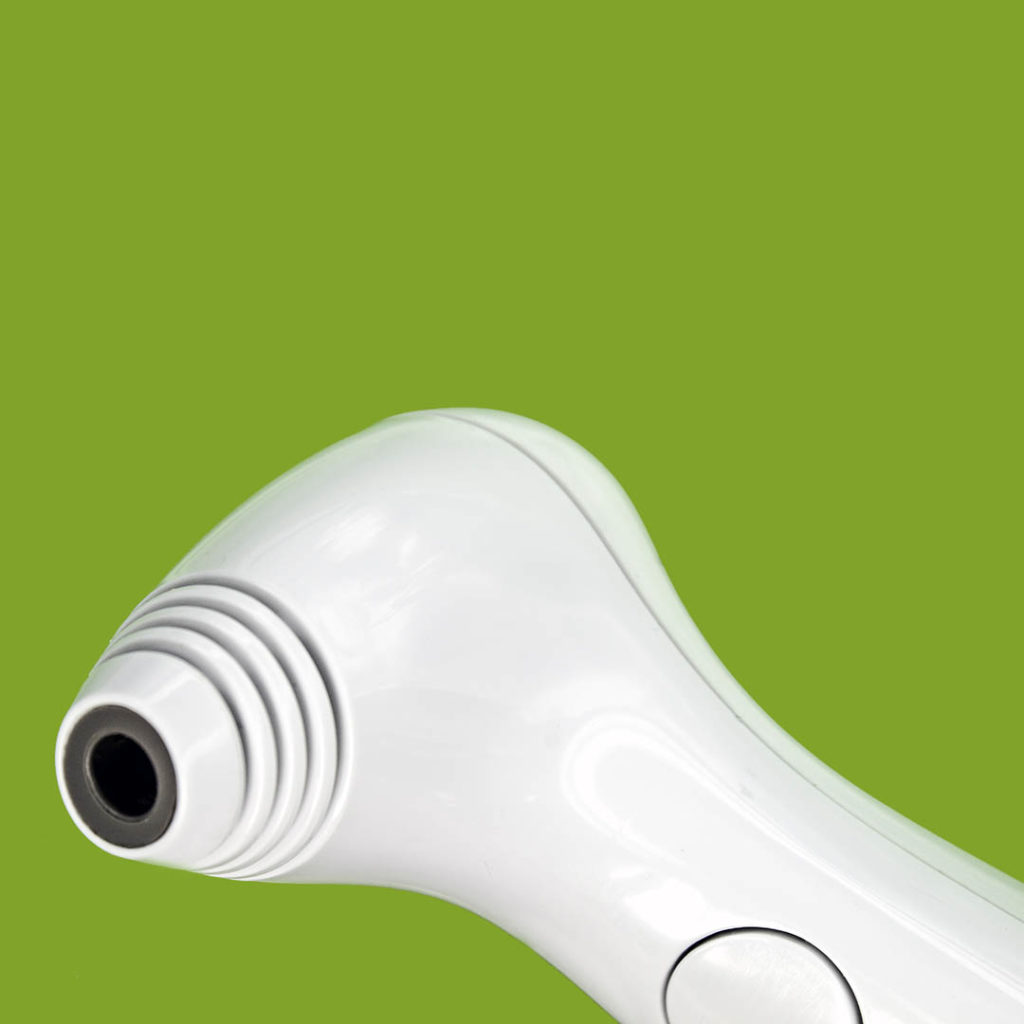
Close up of the Nira treatment head
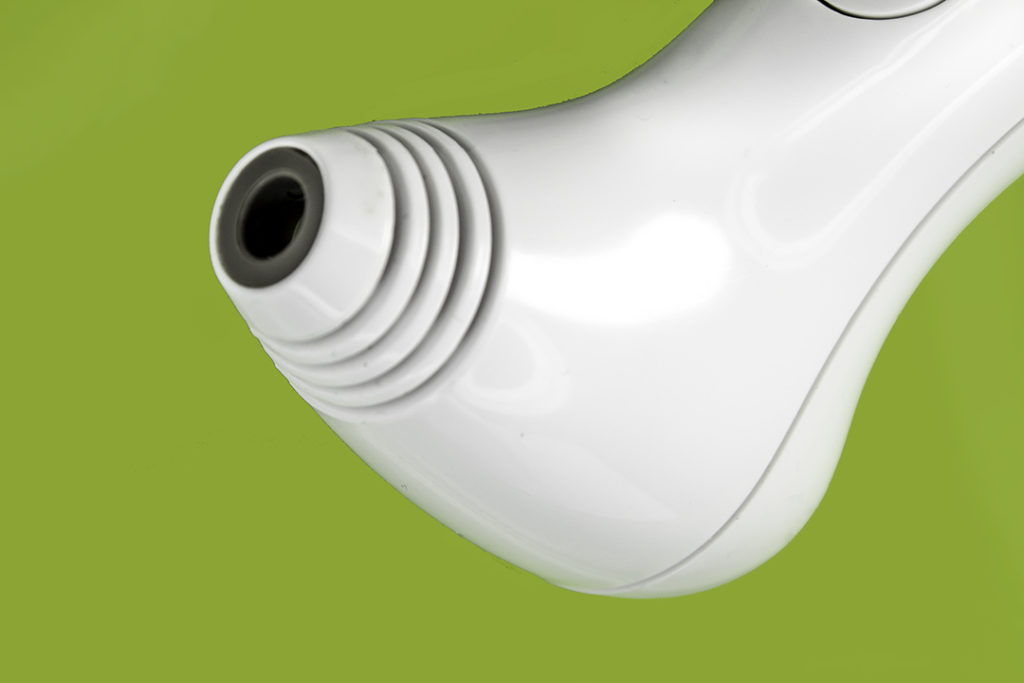
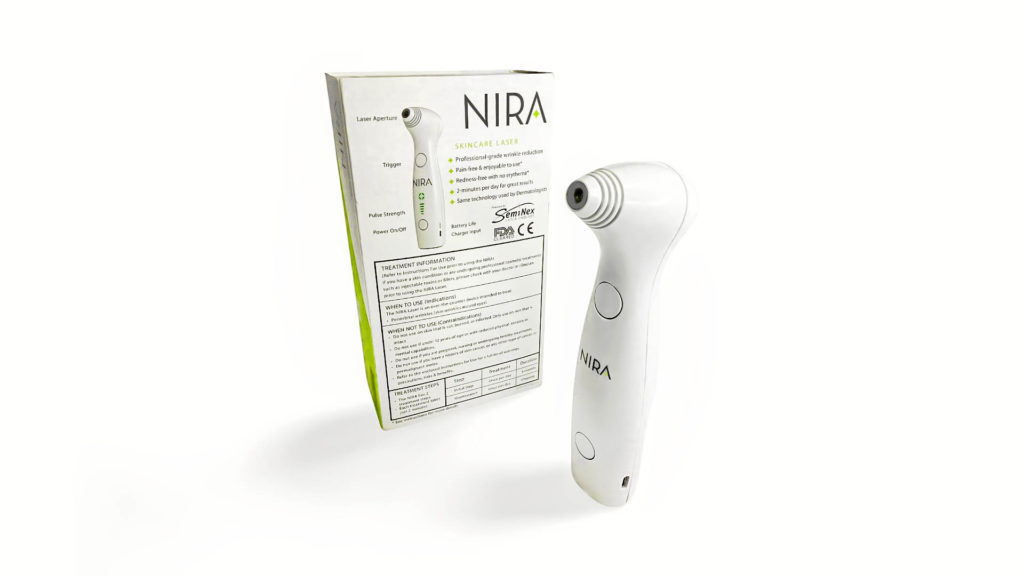

The body of the NIRA lights for the increment levels from low to high
Serum
The serum is hyaluronic acid – no extra bells and whistles. No fillers, parabens, and it is fragrance-free.
You may have a HA product you love, but for this purpose, choose one without extra actives. This enable you to best tolerate the treatment.
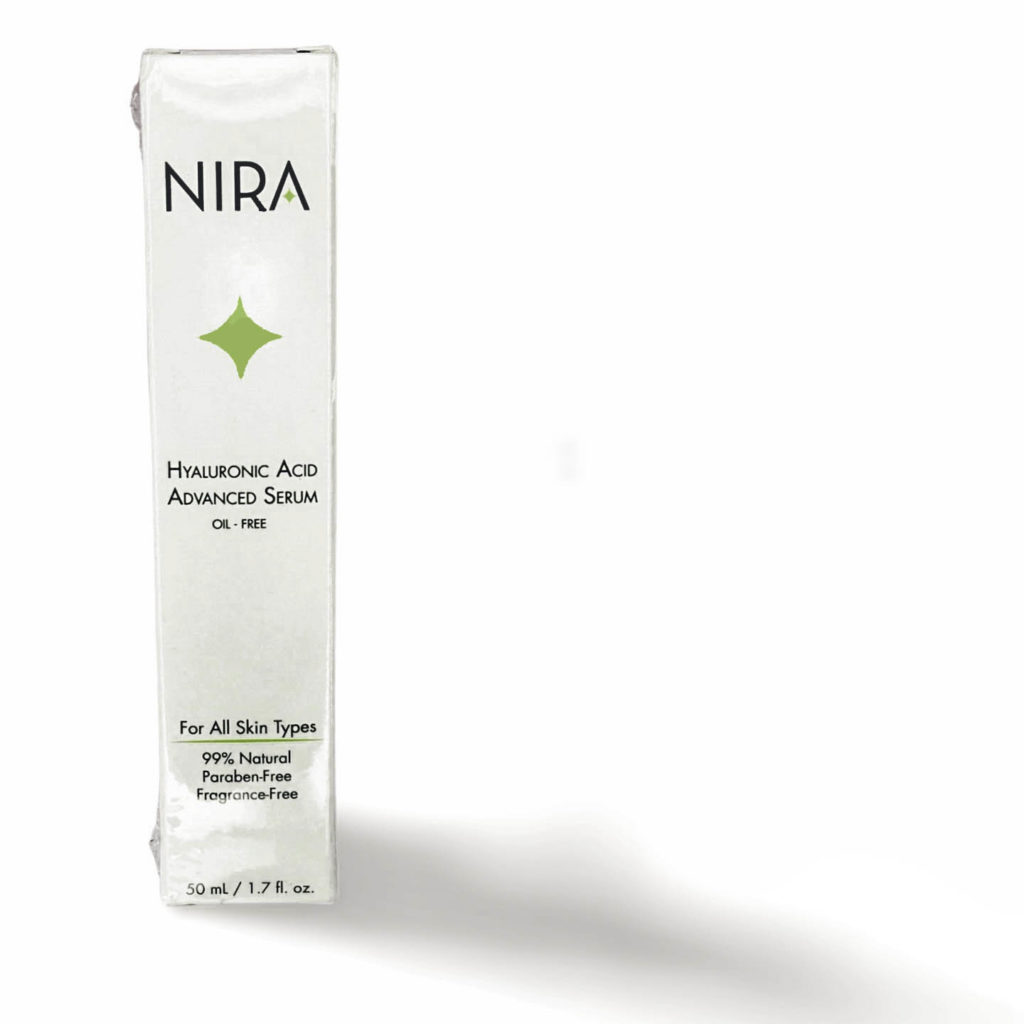
NIRA Hyaluronic Acid Advanced Serum is oil free, paraben-free, and fragrance-free
The Experience
The instructions are simple.
- Turn it on, press the button again to increase or decrease the strength level. Start out at level 1 or 2 (just one or two bars) until you get the hang of it. Some areas won’t hurt at all with 4 or 5 bars, but others are sensitive.
- Place the circle tip head directly and evenly against your skin where you desire treatment.
- Press the big button to activate the “burst” of energy.
- Listen for the two beeps.
- Move over to the next spot and repeat until you have treated the entire area.
- Repeat a second time on the area, so that the area is treated twice. (every spot gets two bursts total)
- End your session or move onto the next area to be treated.
It is about two minutes to treat each area.
DECODING THE BEEPS
You will hear two quick beeps each time you press the button.
- If you correctly fired, there are two beeps.
- If are on an uneven surface or misfired, it is one beep with a losing a game show like buzz. Then you will need to redo that spot.
- Periodically there is a third sound that is keeping count of how many bursts. All is well, keep moving along a wrinkle or area, following the contours of your face.
PAIN LEVEL
It is not completely painless, but not bad. Its a quick little “zap”. If it is too uncomfortable, choose a lower setting. You control when the burst occurs, so you can be ready for it. I recommend starting with level 1 or 2 the first time just to know what to expect.
Each area should get two treatments, but don’t do them in a successively, complete the treatment area and start over.
RESULTS
The NIRA is quite useful on forehead wrinkles and around the eyes. I really like it to firm and tone around the browbone, crow’s feet and to contour my lip line.
NIRA tackles pesky tell tale signs of aging such as crows feet, eleven lines, and deep forehead creases.
Results take time. But there is no down time, and no risk of infection.
There is a bit of temporary redness after use, but no skin irritation or swelling.
Tips for NIRA Best Use
- Take closeup photos of yourself, there are improvements but subtle over 90 days.
- Start with a lower strength, especially on sensitive areas. Increment up as you grow accustomed to the device
- Charge after every other use
Where to Find It
Find the NIRA Skincare Laser & Serum Bundle at niraskin.com
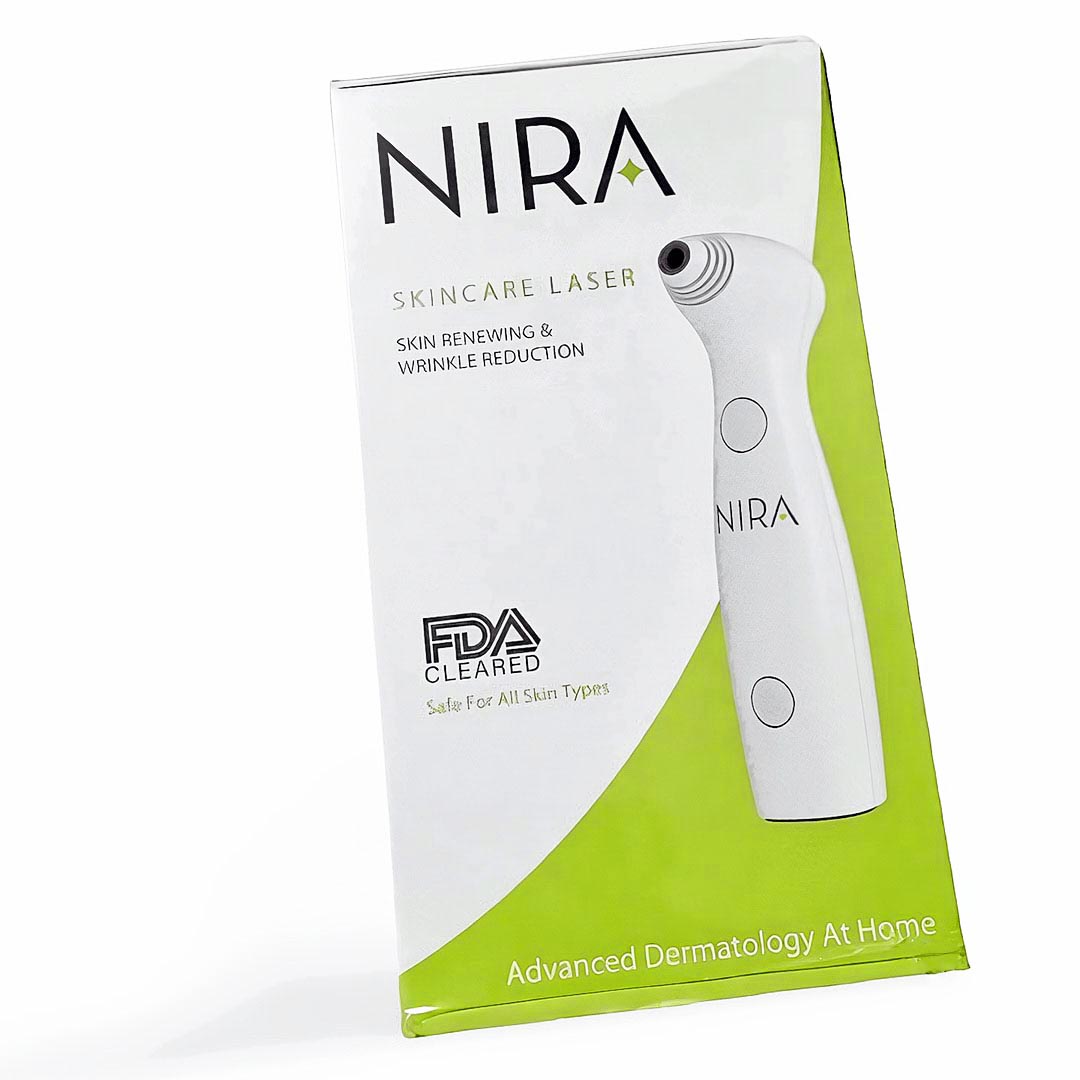
The NIRA Skincare Laser Packaging
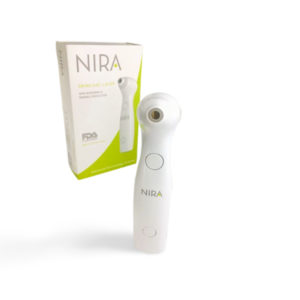 QUESTIONS? COMMENTS?
QUESTIONS? COMMENTS?
Have any comments or questions about the NIRA?
The Style Chicks are here to answer them.
Leave a comment below or Email Us
ABOUT THIS POST
The NIRA Skincare Laser was submitted to us for consideration purposes. All opinions and experiences are 100% our own.
